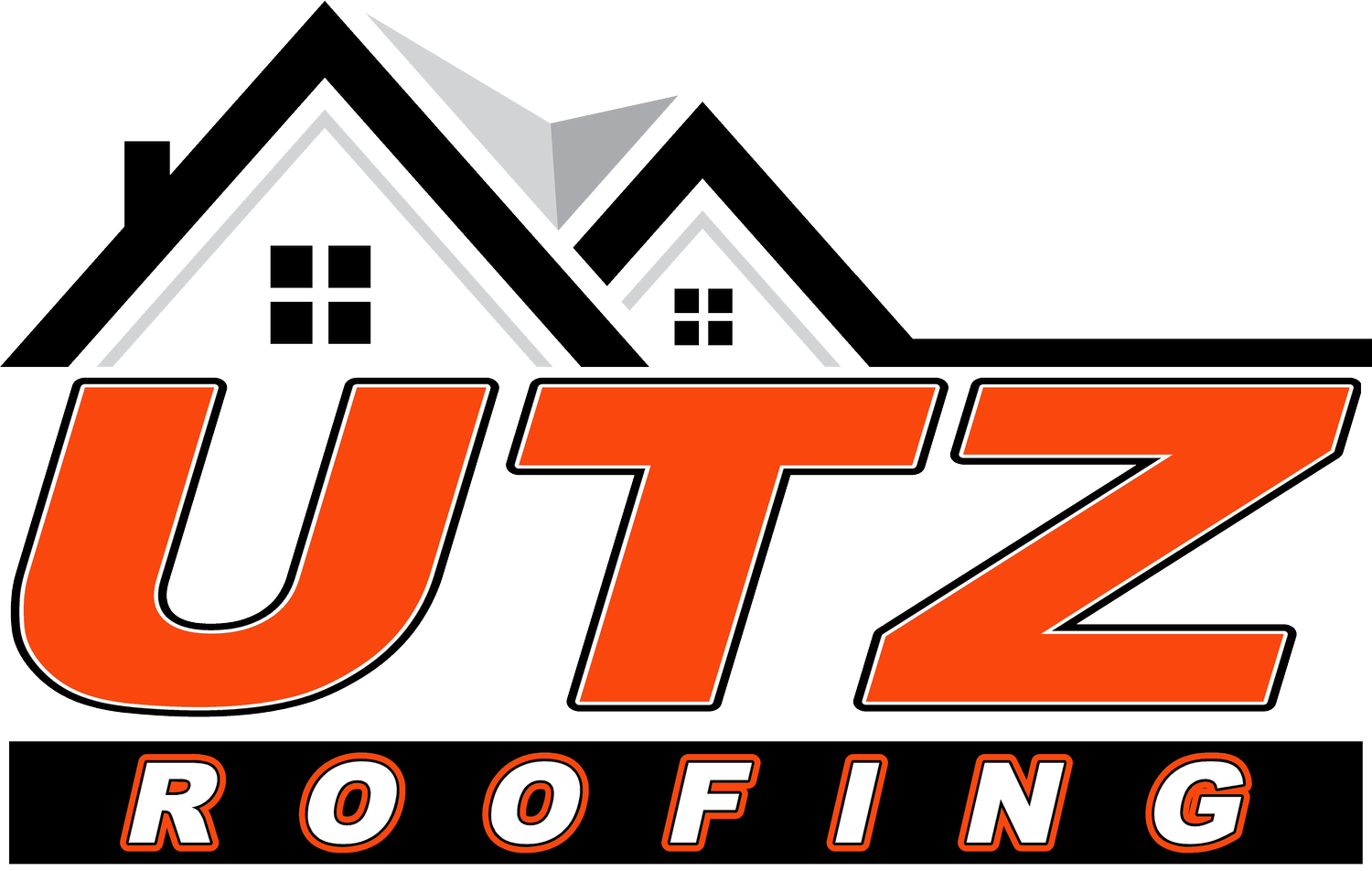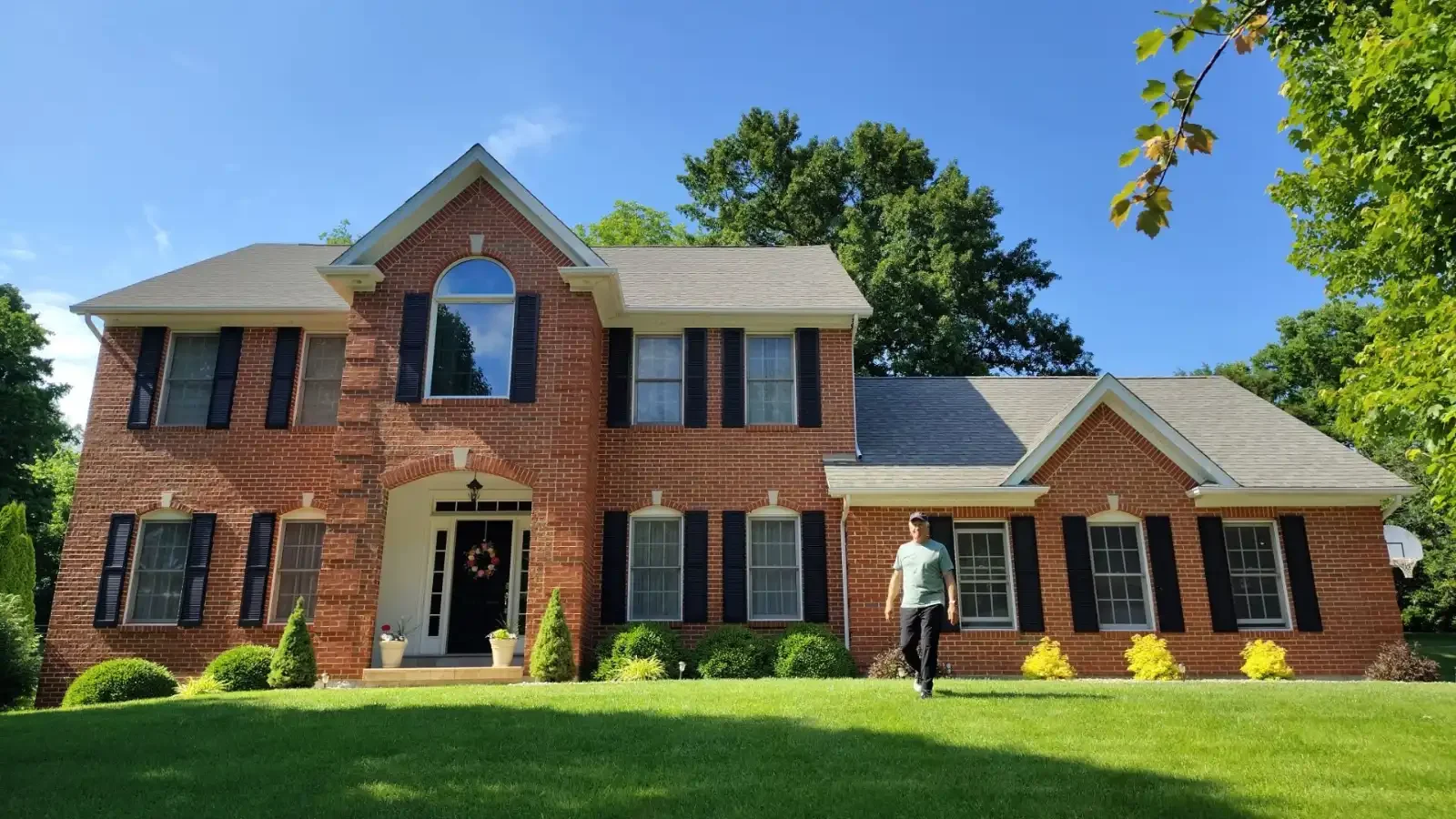Roof Valley Inspection: Why These Roof Areas Demand Special Attention
For homeowners in Villa Ridge and surrounding Missouri communities, maintaining a strong and weather-tight roof is essential. Among the various parts of your roof, valleys are particularly vulnerable to damage and leaks. That’s why a thorough and routine roof valley inspection is critical for long-term protection and performance.
At Utz Roofing, we’ve worked on hundreds of local roofs across Villa Ridge, Gray Summit, and nearby towns. We’ve seen firsthand how overlooked valleys can lead to major issues. This guide will explain what roof valleys are, why they need careful inspection, how damage can occur, and what solutions are available to keep your roof system sound.
What Is a Roof Valley and Why Does It Matter
A roof valley is the internal angle formed where two sloping roof planes meet. Rainwater and melting snow naturally flow through this channel on their way to your gutters. Because of this, roof valleys handle more water runoff than nearly any other part of your roofing system. That increased exposure makes them prone to wear, corrosion, and failure over time.
A properly constructed valley has layers of waterproofing, flashing, and shingles (or metal panels) designed to direct water away from your home. But if even one part of this setup breaks down, you could be facing leaks, rot, or mold within your attic or interior ceilings.
That’s why we always recommend a detailed roof valley inspection during every routine roof checkup or before any major repair project.
Common Types of Roof Valleys
There are a few different styles of roof valleys used in residential construction, and each has its own inspection needs.
Open Valley
This design features exposed metal flashing running between the roof slopes. Shingles stop just short of the valley center. While this style provides good water flow, the flashing is exposed to UV light and can deteriorate faster.
Closed Cut Valley
Shingles from one side run across the valley, while the other side is trimmed back in a straight line. It’s a cleaner look but requires very precise shingle cutting and sealing to prevent water intrusion.
Woven Valley
Shingles from both roof planes are woven together in an alternating pattern. While budget-friendly, woven valleys can trap debris and become bulky, making inspection more difficult.
At Utz Roofing, our experienced team evaluates the valley type as part of every roof valley inspection so we know what specific red flags to look for.
Why Roof Valley Inspection Is Essential in Missouri
In Villa Ridge, the weather can go from icy winters to heavy summer downpours. That makes valleys even more important. Here's why roof valley inspection should be part of your home maintenance plan:
1. High Volume Water Flow
When it rains, valleys act like mini rivers guiding water off your roof. Even minor deterioration here can lead to leaks.
2. Snow and Ice Buildup
Ice dams frequently form in valleys due to their shaded positioning and colder temperature. Water backing up behind the ice can seep into your roof deck.
3. Debris Accumulation
Leaves, branches, and granules often collect in valleys. If not cleared regularly, this clogs the water path and accelerates shingle wear.
4. Flashing Failure
Metal valley flashing can rust, lift, or crack over time. A professional roof valley inspection checks for all these conditions.
5. Aging or Cracked Shingles
Since valleys get more water and movement, shingles tend to age faster in these zones. Your inspection will determine if replacement is needed.
What Happens During a Roof Valley Inspection
At Utz Roofing, our valley inspections are part of our full roofing checkups, but they get extra attention due to the risks involved. Here’s what we include in every roof valley inspection:
Visual check for sagging, pooling water, or debris
Flashlight inspection for rusted or corroded valley metal
Close-up look at shingles for cracking, curling, or missing tabs
Examination of underlayment layers if any damage is visible
Water testing if leaks are suspected but not confirmed
We also look for signs of wear on fasteners, sealants, and joints where roofing planes meet. If you're experiencing leaks but can’t pinpoint where they’re coming from, a thorough roof valley inspection is one of the best places to start.
Signs You Need a Roof Valley Inspection Immediately
If your roof is older than 10 years or has recently faced heavy weather, it’s smart to schedule a roof valley inspection right away. But even newer roofs can show early warning signs. Here’s what to watch for:
Water stains on your interior ceiling, especially near walls
Debris collecting in one spot on your roof
Missing or broken shingles near a valley line
Rust streaks or visible gaps in valley flashing
Water dripping in your attic after a storm
Addressing these issues early can save thousands of dollars in repairs. Remember, roof valleys are often the first place water finds a weak spot.
Repair and Reinforcement Options for Roof Valleys
After a professional roof valley inspection, we’ll provide detailed recommendations based on the condition of your roofing system. Some common solutions include:
1. Valley Flashing Replacement
If the metal lining is rusted or poorly sealed, we can remove and replace it with durable galvanized or aluminum flashing.
2. Shingle Replacement
For valleys with cracked or missing shingles, we remove and install new materials, ensuring they’re properly overlapped for water shedding.
3. Ice and Water Shield Installation
This underlayment creates a watertight seal beneath shingles and flashing, offering added protection against ice dams and moisture.
4. Re-Roofing the Valley Area
If the damage is severe or there’s rotted decking underneath, we may recommend removing and rebuilding just the valley section of your roof.
5. Gutter and Downspout Adjustment
Sometimes, improper drainage causes valley overload. Rerouting gutters or adding downspouts can reduce water buildup.
Preventative Maintenance for Roof Valleys
While repairs are sometimes unavoidable, many issues can be prevented with seasonal attention. Here’s what homeowners in Villa Ridge can do to avoid costly valley damage:
Clean leaves and debris out of valleys twice a year
Trim back overhanging branches that drop twigs or needles
Inspect valley areas after hail or high winds
Schedule a professional roof valley inspection every 12 months
Install snow guards or heat cables in areas prone to ice dams
Routine maintenance combined with inspections can add years to your roof’s life.
How Often Should Roof Valley Inspections Be Done
For most homes, we recommend having your roof valleys inspected once per year—ideally in early spring or fall. However, you may need more frequent checks if:
Your home is older than 15 years
You’ve recently had a major storm or hail event
There are visible signs of damage or sagging
You have a steep-slope roof with multiple valleys
Your roof experiences heavy tree coverage
At Utz Roofing, we provide free inspections for homeowners in Villa Ridge and nearby towns. Our team knows exactly what to look for in Missouri weather conditions and roofing materials.
Choosing the Right Contractor for Valley Repairs
Not all roofing contractors prioritize roof valleys the way they should. At Utz Roofing, we take the time to inspect and protect every part of your roofing system—including the areas that are hard to see or easy to overlook.
Homeowners choose us for:
Thorough roof valley inspection backed by photos and notes
Honest advice on what needs attention and what can wait
Detailed estimates and fair pricing
Long-lasting materials built for Missouri weather
Skilled roofers who are trained in complex valley installation
We don’t just patch problems—we solve them the right way the first time.
Roof Valley Inspection and Insurance Claims
If you’ve experienced storm damage and need to file an insurance claim, your adjuster may overlook subtle damage in valleys. That’s where our inspection reports become helpful.
Our detailed documentation includes:
Photos of all valley areas
Notes on age, wear, and existing conditions
Confirmation of flashing condition and underlayment
A written estimate for repairs or replacement
This ensures your claim covers all necessary repairs and protects you from out-of-pocket surprises.
Final Thoughts: Never Skip Your Roof Valley Inspection
If your home is in Villa Ridge or the surrounding communities, don’t underestimate the value of a well-timed roof valley inspection. Roof valleys work harder than most parts of your roofing system, and even minor wear can lead to expensive leaks and long-term damage.
Utz Roofing is here to make sure your home is protected from the top down. Whether you need routine maintenance or urgent valley repairs, our experienced team is ready to help.
Schedule your roof valley inspection today and give your home the attention it deserves.

